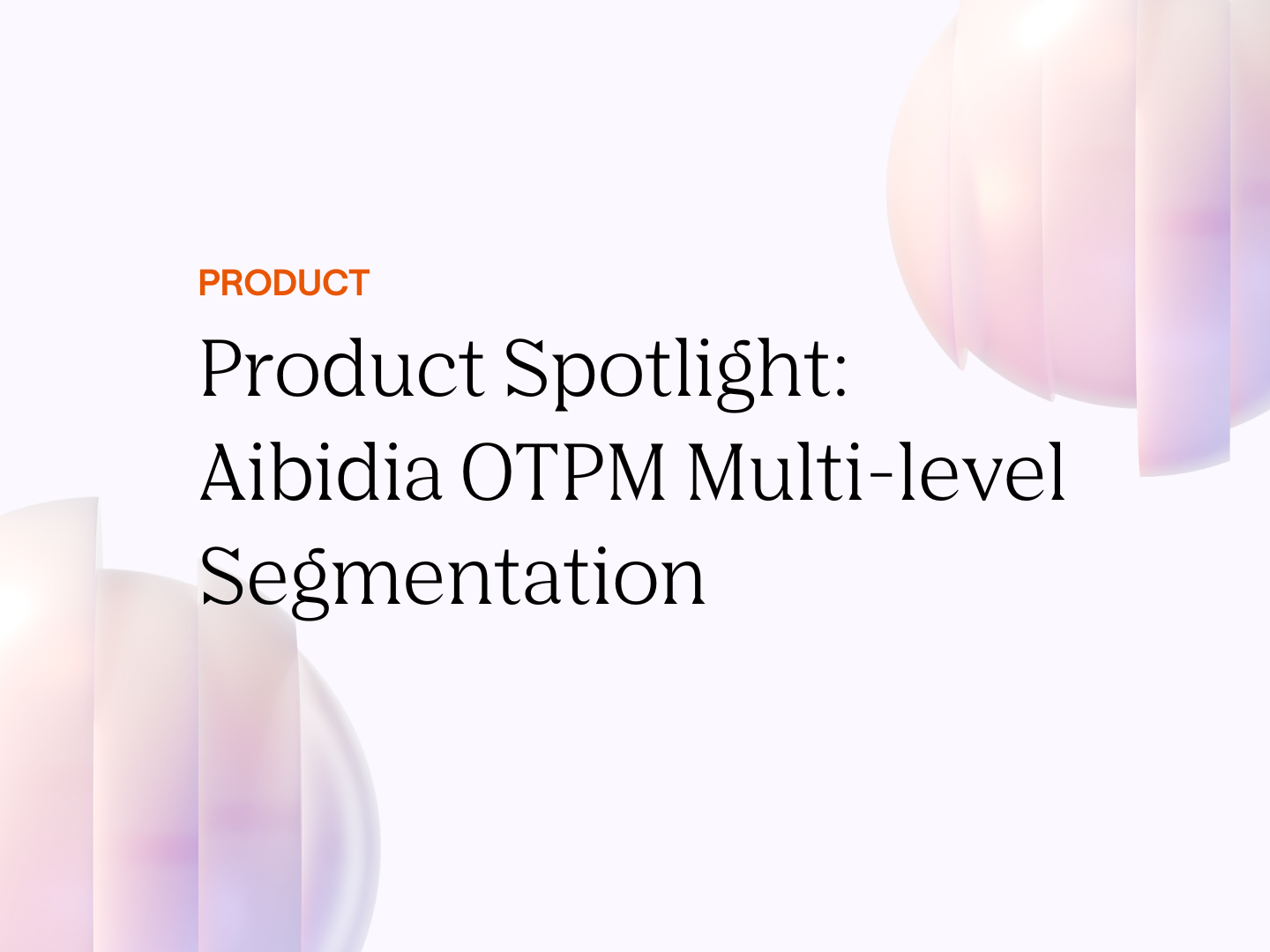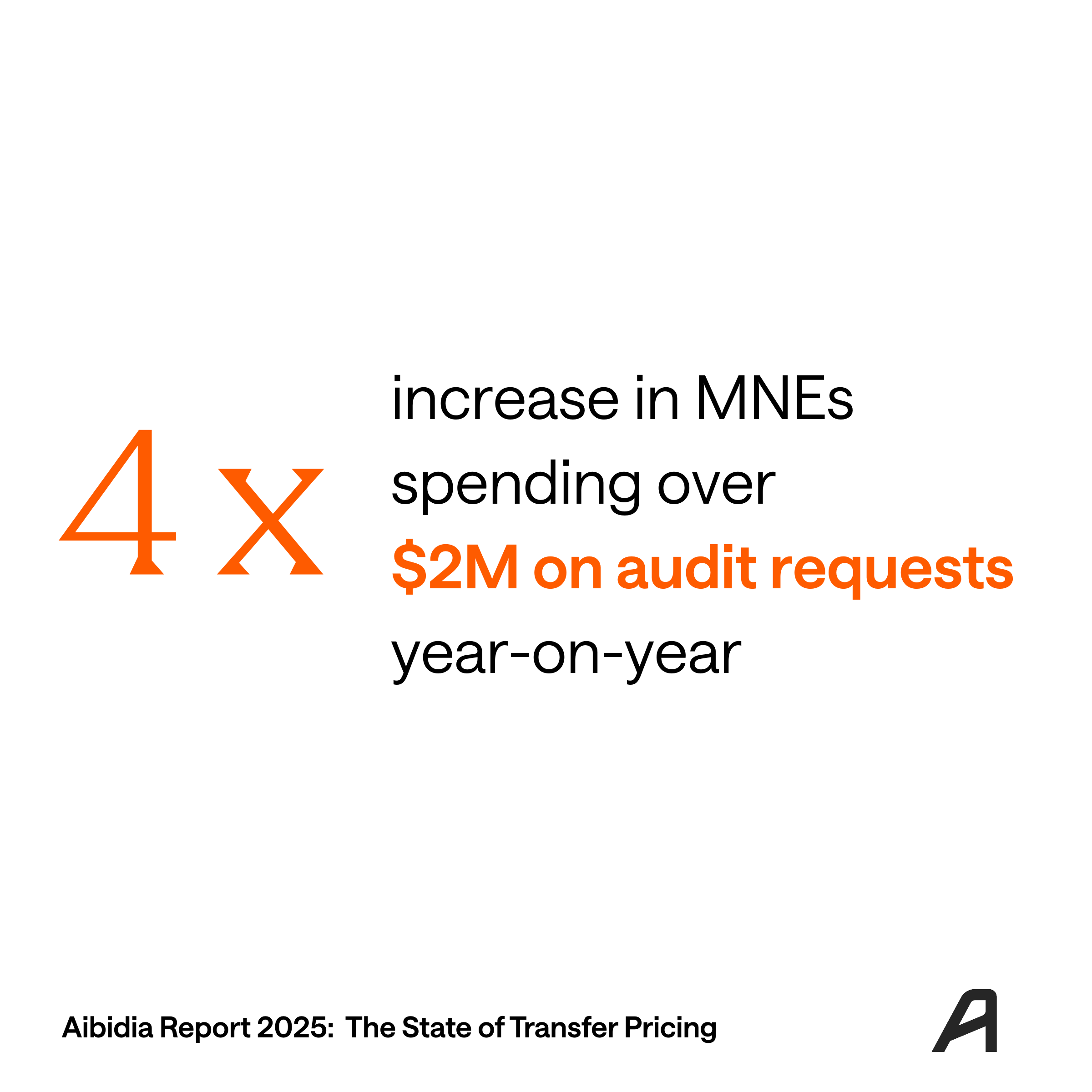The Berry ratio is one of the profit level indicators (‘PLIs’) in transfer pricing analysis. The concept of the Berry ratio was first coined in E.I. DuPont de Nemours and Co. v. United States[1] case in the 1970s. It got its name from the inventor of this ratio, Dr Charles Berry.
In 1994 United States included the Berry ratio in section 482 of the US Transfer Pricing Regulations. Later, OECD and United Nations included it in their guidelines in 2010 and 2013, respectively. Under the OECD TP Guidelines and UN TP Manual, the Berry ratio is identified as one of the PLIs under the transactional net margin method (‘TNMM’).
What is Berry Ratio?
Berry ratio is defined as the ratio of gross profit to operating expenses. The detailed formulae of the Berry ratio is as follows [2]:
Berry ratio = GP / OE
Where:
GP = gross profit. Interest and extraneous income are generally excluded from the gross profit determination
OE = operating expenses.
There are two important aspects in determining OE for computing the Berry ratio:
- OE should only reflect value-adding activities performed by the entity. Thus, any purchases from other parties to which the service provider does not add value should be excluded from the computation of OE.
- Items that might typically be included in OE but were not reflective of the extent of services provided should be removed from the computation of OE. In particular, depreciation and interest expenses are typically excluded from OE, as they do not reflect the services provided. Interest expenses reflect the firm’s debt/equity ratio, and depreciation reflects the timing of asset acquisition.
When should Berry Ratio be used?
Under the OECD Guidelines, the Berry ratio is identified as one of the PLIs under the TNMM. The guidelines provide criteria for using the Berry ratio as a PLI. These criteria are as follows:
- the value of the functions performed in the controlled transaction (taking account of assets used and risks assumed) is proportional to the operating expenses;
- the value of the functions performed in the controlled transaction (taking account of assets used and risks assumed) is not materially affected by the value of the products distributed, i.e., it is not proportional to sales; and
- the taxpayer does not perform, in the controlled transactions, any other significant function (e.g., manufacturing function) that should be reimbursed using another method or financial indicator.[3]
The first criterion is relevant, as the denominator is operating expenses in the Berry ratio. Thus, the value created in the controlled transaction must be reflected only in the operating expenses. Accordingly, the Berry ratio would not be an appropriate PLI:
- when there are significant non-routine intangibles involved in controlled transactions, as the contribution of intangibles is not reflected merely in the operating expenses;
- in the case of an integrated distributor that performs different functions, such as assembling or customizing, because the ratio will not be able to reflect the pure return on operating expenses;
- in the case of a full-fledged distributor performing an inventory management function and bearing related risk, and
- in the case of a manufacturer because the manufacturer's cost base typically comprises not only operating expenses but also the cost of goods sold.[4]
The second criterion excludes those cases where sales or revenues reflect the value created. The third criterion can be interpreted as a requirement to ensure that a mix of different activities does not influence the quality of a transfer pricing analysis using the Berry ratio.
Accordingly, a situation where the Berry ratio can prove useful is for intermediary activities. It has been observed in practice that the Berry ratio is used as a PLI for limited-risk distributors and service providers. The Berry ratio assumes a relationship between the level of operating expenses and the level of gross profits earned by distributors and service providers in situations where their value-added functions can be considered to be reflected in the operating expenses.
Apart from the OECD Guidelines, the Berry ratio is also included in UN TP Manual. The guidance on using the Berry ratio provided in the UN TP Manual is similar to the OECD Guidelines.
Conclusion
The Berry ratio is accepted as PLI internationally. Preferably, its use should be reserved for cases involving limited-risk distributors or service providers that employ no intangible assets. Further, for the Berry ratio to be applied, there must be a direct link between value-added functions and operating expenses.
[1] US: Ct. Cl., 17 Oct. 1979, E.I. DuPont de Nemours and Co. v. United States, 608 F.2d 445 (Ct.Cl. 1979)
[2] S.K. Bilaney, Use of Berry Ratio in Transfer Pricing Analysis: Asia Perspective, 30 Intl. Transfer Pricing J. 1 (2023), Journal Articles & Opinion Pieces IBFD (accessed 28 Dec. 2022).
[3] Para. 2.107 OECD Transfer Pricing Guidelines for Multinational Enterprises and Tax Administrations (OECD 2022), Primary Sources IBFD.
[4] S.K. Bilaney, Use of Berry Ratio in Transfer Pricing Analysis: Asia Perspective, 30 Intl. Transfer Pricing J. 1 (2023), Journal Articles & Opinion Pieces IBFD (accessed 28 Dec. 2022).







.png)

.png)

.png)
.png)






.svg)
